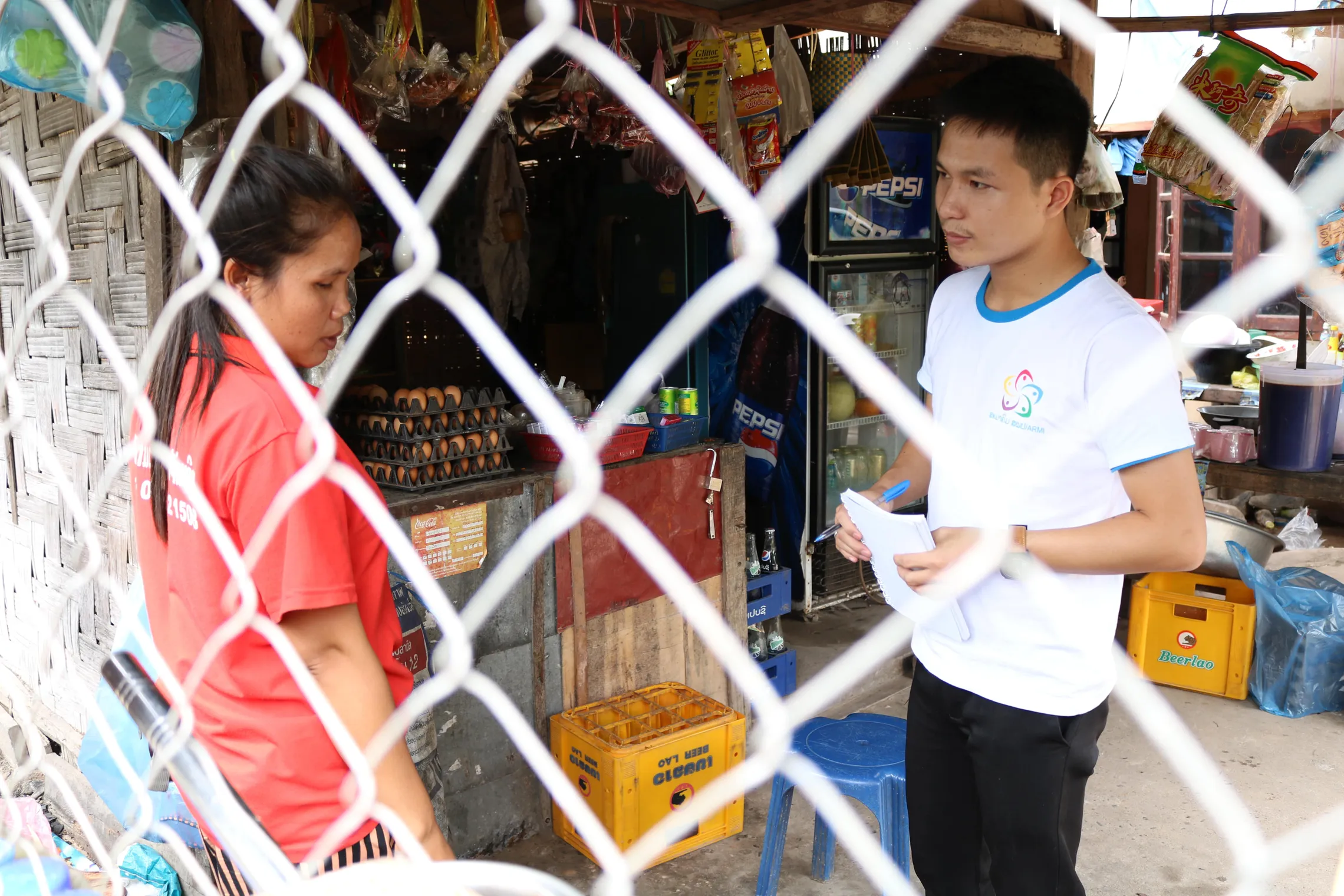Hands-on sustainable development - part 3

Houmpheng Vilaiphone is currently a Year 4 student from the National University of Laos, studying in the Faculty of Environmental Science, Department of Technology and Environmental Science. He will graduate in August 2016, and is currently an intern with the Renewable Energy Team at SNV in Vientiane. Houmpheng is originally from Luang Prabang, but has been living and studying in the Lao capital, Vientiane, since 2007. As part of his internship, he is writing a blog series to share his stories and experience with SNV Laos. This is the third and final post of his series.
Last month, from 6-9 September 2016, I attended Controlled Cooking Tests (CCT) at the Renewable Energy and New Materials Institute (RENMI) lab of the Ministry of Energy and Mines. The purpose of the cooking tests was to test how the cookstoves behave in a typical Lao kitchen. Therefore, during the CCT we cooked some of the most popular Lao food including sticky rice, bamboo soup and grilled pork, and test differences among cookstove models.
Each test is done three times per day for three days in order to get accurate data. We tested four types of cookstoves: Tao Dam, Tao Cement, Improved Cookstove and the Improved Wood Stove. Together with the Renewable Energy team, I spent three hot days surrounded in smoke and flames but the team members were always smiling. In the end, we were able to collect data about cooking time and the fuel consumption to assess differences among cookstove models.

The internship has been tremendously rewarding. During fieldwork, I observed cooking styles in a variety of Lao kitchens. I learned what people want for their daily cooking – they want a convenient energy-efficient cookstove that saves times and is easy to use. We also conducted surveys, which involved phone and physical inspections, with cookstoves customers to get to know their satisfaction with their cookstoves. Most people reported that they are satisfied with their cookstoves but provided some feedback about necessary improvements. This has deepened my understanding of the energy needs in local communities, and I also know from the work at SNV Laos that, in fact, it is possible to develop a cookstove that is compatible with the needs of local households.
Through my interaction with research experts from Laos and abroad, I continue to learn from their expertise concerning clean cookstoves and ways to improve them. I have also been able to build relationships with both my colleagues in the Renewable Energy team and the researchers at RENMI.
I am proud that I have been hired to continue with the SNV Renewable Energy team in a new capacity as a consultant. The internship provided valuable lessons, experiences, skills and new discoveries that I hope to continue to use in my new position.
